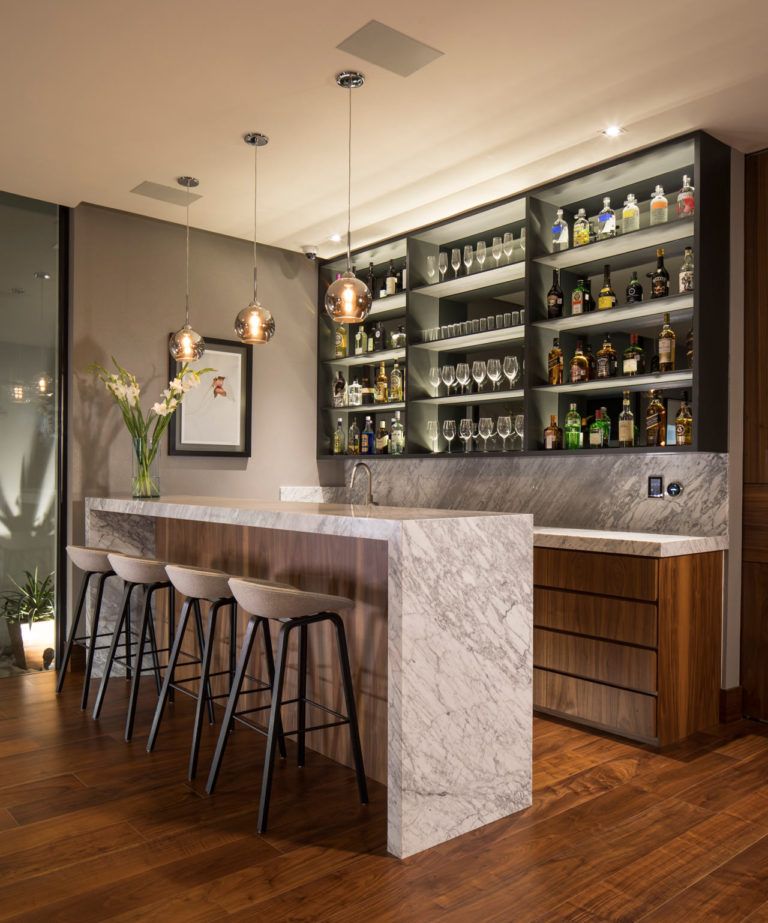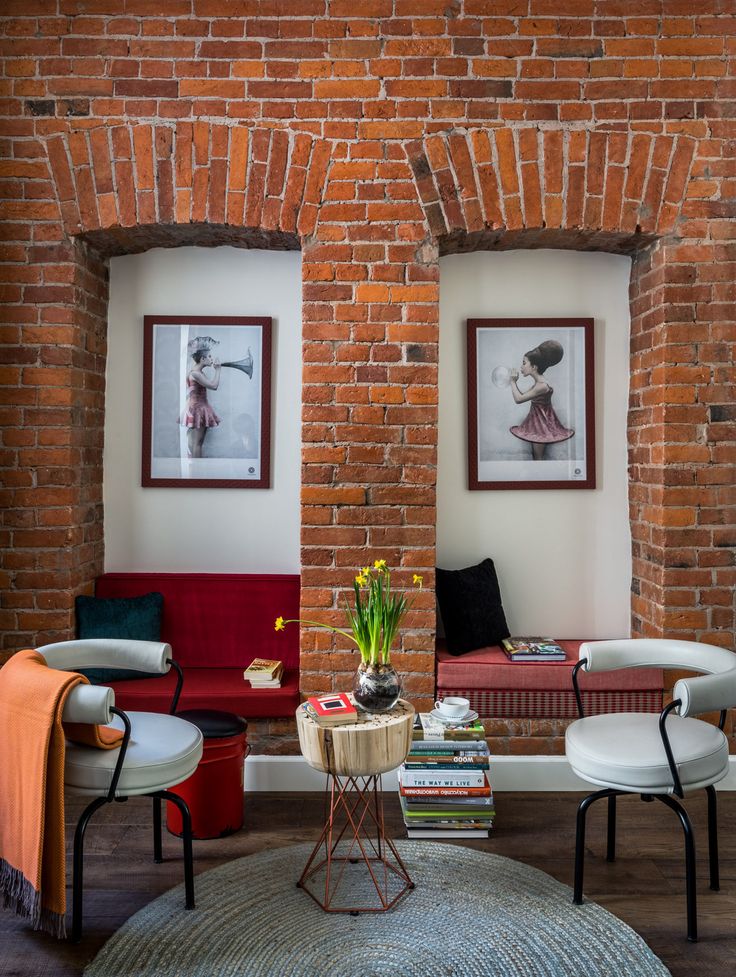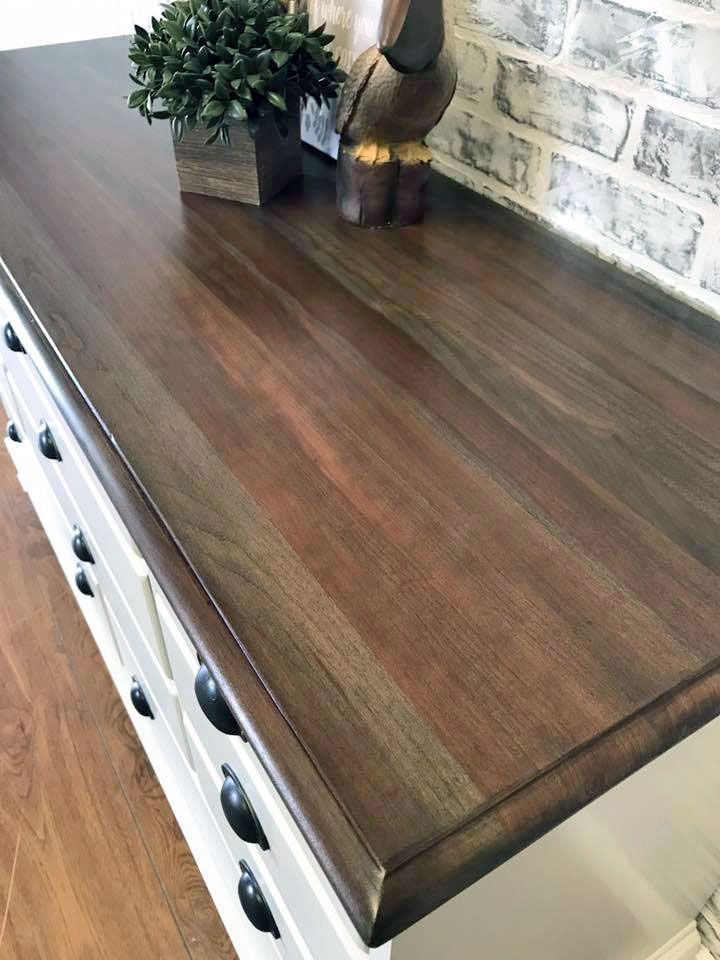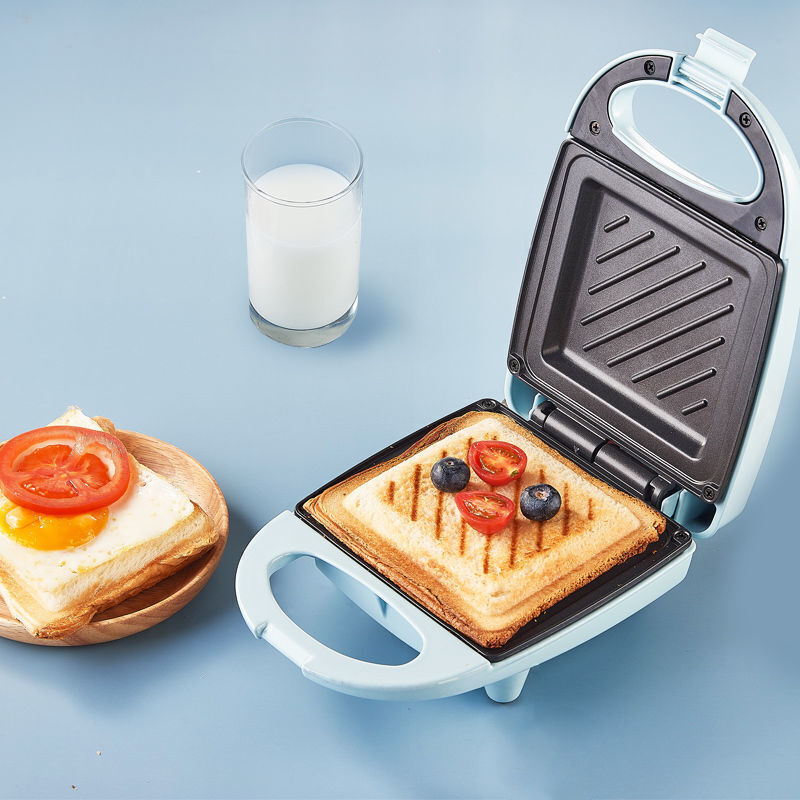Removing wall stains
10 easy ways to remove stains from the wall and what to use to remove stains
10 Fast and Easy Ways to Remove Wall Stains
If you live in Philadelphia and have walls that have accumulated some nasty stains over the years then you may be at a loss on how to get those stains off. Removing stains from the walls of your homes especially in Philadelphia can be a tricky process as you don't want to damage the paint or other finish on the wall any more than you can get away with. Too much damage from stain removal will eventually result in your needing to get the wall repainted, so taking a careful approach can help delay the need for you to hire painters to resurface the wall. To get the best results, the approach you use will often depend on the type of stain you are removing. Different staining materials require different cleaners and techniques to loosen and remove the stain without harming the wall and its finish. So here are ten different ways to get specific stains off the walls of your Philadelphia home.
For general purpose cleaning you can begin with:
1. One gallon of warm water
2. Quarter cup of baking soda
3. Two Spoons of lime juice
4. Three Spoons of Vinegar
5. Three Spoons of baking soda.
Mix with warm water and use a damped towel to clean any surface.
1. Clean off loose dirt.
To start, get a bucket of clean cold water and one or more cleaning rags. Soak the rags in the water and rinse the excess water out. Wipe down the walls with the rags to remove the loose dust, rinsing out the rags and replacing them with fresh rags as needed. Once you have all the loose dust removed, fill the bucket with a solution of warm water and detergent. You can use dishwashing detergent or laundry powder. Use a sponge or microfiber cloth to wipe down the walls while rinsing it out as needed. This should get rid of any surface dirt but you may be left with deeper stains that may require one of the other approaches to remove. Be careful to rub the drywall gently because too much pressure may take the layer of paint off and damage the drywall.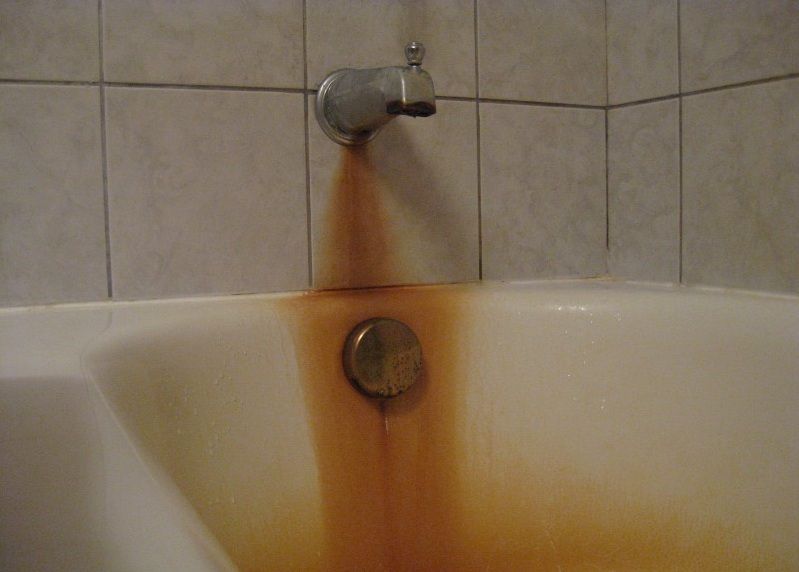
2. Removing general grime.
Dishwashing detergent dissolved into warm water does a good job of cleaning off general grime for wall stain removal. You can also make your own cleaner using one cup of ammonia, half a cup of white distilled vinegar or apple cider vinegar, and a quarter of a cup of baking soda. Mix the ingredients into a gallon of warm water and then use the result to clean the walls with a sponge or cloth. Wipe off with fresh water when you are done. This process will not only remove general grime but also disinfects your wall from micro bacteria which may have accumulated over the years. This method is especially useful for a home with kids or infants.
3. Removing crayon, pencil, ink stains,etc.
The secret to removing crayon, pencil and ink stain is acting quickly. Fresh crayon wall-stains can be removed quickly using a cleaning wipes or baby wipes if you have one handy. Cleaning erasers also work well for crayons. The graphite-based lead used in pencils is designed to be erasable, so pencil marks can often be removed with rubber erasers or art gum erasers.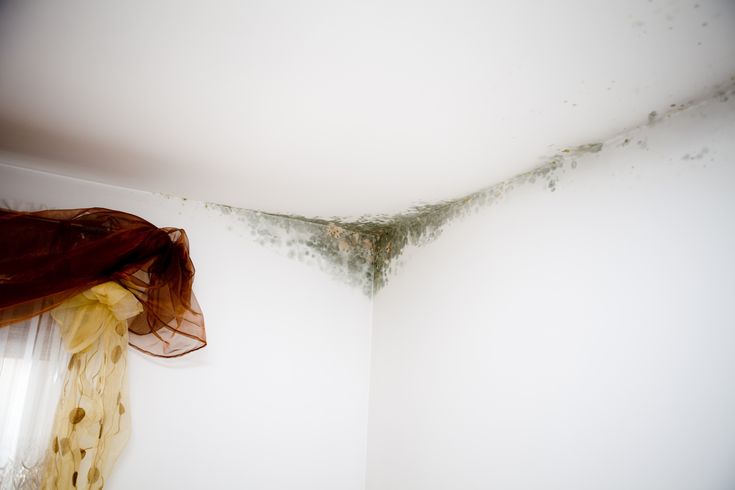 You can also try a suede stone or a melamine-foam eraser. A wet cloth dipped into baking soda can be used as a pencil stain eraser too. For oil-based materials such as ballpoint ink, you can try using foaming shaving cream to dissolve the stain. Spray it on and rub it over the ink stain. Wipe off with a wet cloth afterward. Hairspray and nail polish remover will also work. You can also try using the white chalky type of toothpaste (not the gel type) by rubbing it onto the stain, letting it sit on the stain for about fifteen minutes, and then wiping it off with a wet cloth.
You can also try a suede stone or a melamine-foam eraser. A wet cloth dipped into baking soda can be used as a pencil stain eraser too. For oil-based materials such as ballpoint ink, you can try using foaming shaving cream to dissolve the stain. Spray it on and rub it over the ink stain. Wipe off with a wet cloth afterward. Hairspray and nail polish remover will also work. You can also try using the white chalky type of toothpaste (not the gel type) by rubbing it onto the stain, letting it sit on the stain for about fifteen minutes, and then wiping it off with a wet cloth.
4. Get rid of permanent marker wall stains.
Permanent markers are specifically designed to be hard to remove so getting these marks off your walls can be tough. Get some rubbing alcohol (Isopropyl Alcohol) and soak a cotton ball with it. Then use a cotton ball to dab the permanent marker stain until it is gone. Rotate the wad of cotton so that you are using an unstained piece with each dab. If that doesn't work then try using hair spray on the mark, and wipe away the resulting runs.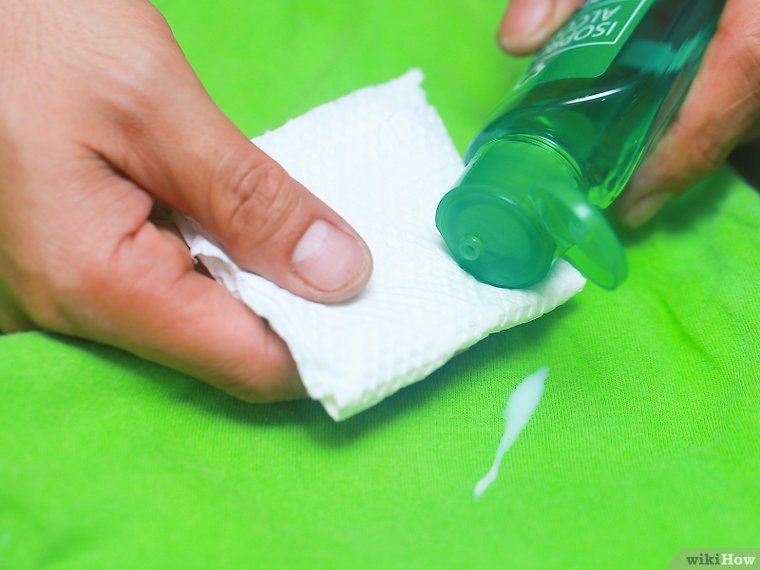 You can also try nail polish remover. If none of these methods work, then take a dab of toothpaste and rub it on top of the marker stain. Let the toothpaste settle for five minutes and rub it off with a warm wet towel.
You can also try nail polish remover. If none of these methods work, then take a dab of toothpaste and rub it on top of the marker stain. Let the toothpaste settle for five minutes and rub it off with a warm wet towel.
5. Get rid of kitchen grease.
Kitchen grease wall-stains can generally be removed by scrubbing with hot water and dishwashing detergent. Before you begin though you may want to get a plastic spatula and go over the greasy areas to scrape off any loose built-up grease first. Removing this easy-to-shift grease before cleaning with detergent will reduce the amount of detergent that you need to dissolve the remaining grease. If the grease is stubborn and taught to remove, your last resort will be to use WD-40 Degreaser. WD-40 Degreaser will remove the toughest of grease. Once the grease is removed make sure to go over the surface with dishwashing detergent to wipe out the strong chemicals from WD-40 Degreaser.
6. Getting rid of soot marks from candles.
Candle soot tends to be a fairly greasy mix so most of the methods for removing grease will also work for it. You can also use rubbing alcohol to dissolve it and wipe it off. To restore the surface to the original look, use baby oil or kitchen counter polish to restore the shine.
7. Clean off greasy finger marks.
Fingerprint marks tend to be oil-based with some grime mixed in. For marks around light switches and doorknobs that have been there for a while, they may have been ground into the porous paint on the wall and may take some removing. This will be easier to do if the surface of the wall has a gloss finish, but most interior walls use a flat matte paint that can make finger marks hard to shift. To start with try using a mixture of dishwashing detergent and hot water. If that doesn't work then you can try distilled white vinegar dissolved into hot water. Use a ratio of around half a cup of vinegar in half a gallon of water. Clean with the mixture and then rinse off with fresh warm water.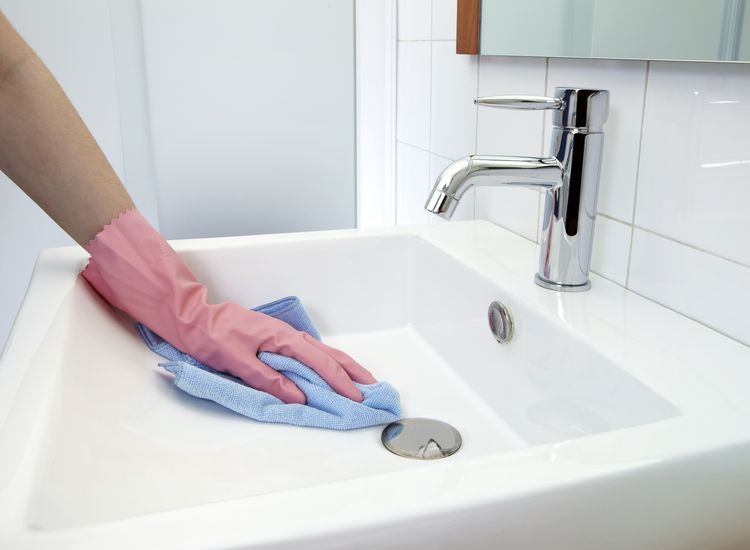 You can also try using white chalk to clean off any persistent finger marks. Rub a flat piece of chalk over the marks. The porous chalk should absorb the greasy finger marks. Wipe off with a wet microfiber cloth afterward.
You can also try using white chalk to clean off any persistent finger marks. Rub a flat piece of chalk over the marks. The porous chalk should absorb the greasy finger marks. Wipe off with a wet microfiber cloth afterward.
8. Remove persistent grease stains.
If you are left with grease that doesn't want to come off despite all your scrubbing then you may need a more serious approach to shifting it. Get some absorbent paper and place it on the wall against the stain. Then use an iron to heat the area over the paper so that the grease under the paper melts and is absorbed into the paper. Do this a few times with fresh paper until you are not getting any grease being absorbed. Then go over the area with detergent and water to remove the remainder of the grease.
9. Clean off mildew.
Mildew is the result of a fungus feeding on grime on the wall, or on the material of the wall itself. For mildew wall stain removal, mix up a solution of one tablespoon of white vinegar in a quart of water and spray this solution onto the mildewed area of the wall. Leave the vinegar on for a few hours and then clean off with water and detergent. You can also use enzyme-based laundry detergent to clean off mildew. Follow the pre-treating directions for the detergent to soak the stain and then clean off the result with water.
Leave the vinegar on for a few hours and then clean off with water and detergent. You can also use enzyme-based laundry detergent to clean off mildew. Follow the pre-treating directions for the detergent to soak the stain and then clean off the result with water.
10. Use cleaning erasers for fresh spot stains.
For fresh stains that don't need elaborate cleaning, you might want to try using a cleaning eraser such as Mr.Clean Magic Eraser. You can buy these from most stores that sell cleaning products. These can be great for cleaning up small spot stains along with stains from your children's impromptu crayon wall art projects. With a bit of careful wall stain removal, those nasty stains and smears on the walls of your Philadelphia home will be gone in no time. And by using the right approach for each type of stain you can minimize the wear on the wall surface. If your walls are looking in need of some new paint after years of stain removal though then you can always find Painters In Philly to help you get your house back to looking like new.
How to remove wall marks and stains
Quick TipsWhere do wall marks come from? Everyone has Most people have seen a random scuff on their wall at some point. Sometimes the mark is clearly from a shoe. However, there are other instances in which mystery marks appear.
Regardless of where the smudges on your walls originated, wall marks and stains can be bad news, especially if you’re a renter whose landlord is coming over for a move-out walk through. And some of those blemishes seem impossible to remove. Well, most of them aren’t if you know how to properly remove stains on walls. Whether you rent or own, the following three tips can help you get rid of those stubborn marks and stains on your walls.
Tip 1: Remove Stains on Walls with Soap and Water
Before breaking out any heavy duty wall cleaner, you want to start with the simplest method. All you’ll need here is some warm water, a few drops of dishwashing liquid and a microfiber cloth.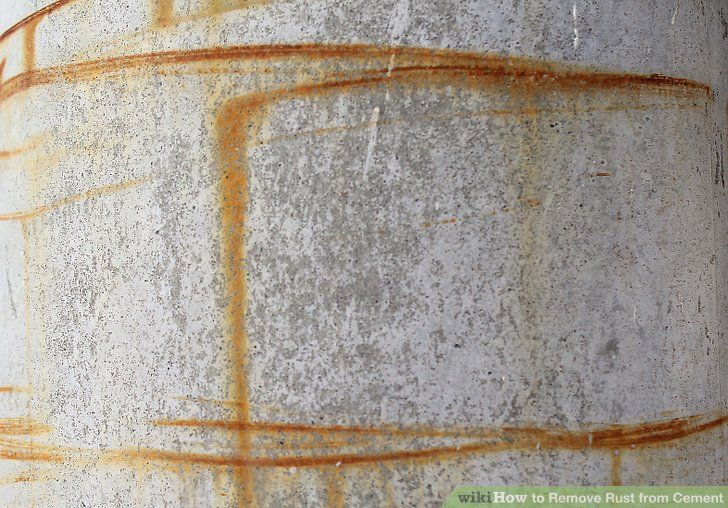
- Mix a few drops of dishwashing liquid and warm water in a medium-sized bowl.
- Dip your microfiber cloth into the solution. Wring out the cloth so that it’s not overly saturated.
- Rub the stain with the damp cloth until you can’t see the stain anymore.
- Wait until the wall dries to be certain the stain is gone. If it’s faint, but still there, repeat the process.
This method should be a safe way to remove stains on walls, whether they’re painted or not. If the stain or mark doesn’t seem to be budging, you’ll need to move on to then next tip on wall cleaning.
Tip 2: Use Cleaning Erasers to Remove Stains on Walls Remove Stains on Walls with Cleaning Erasers
Eraser tools that are used for wall cleaning look a lot like a sponge. You can find them at any grocery store or online. These cleaners can come in handy for tougher wall marks or stains. The only items you need for this method of wall cleaning is the cleaning eraser tool and some water.- Wet the cleaning eraser following the instructions on its packaging.
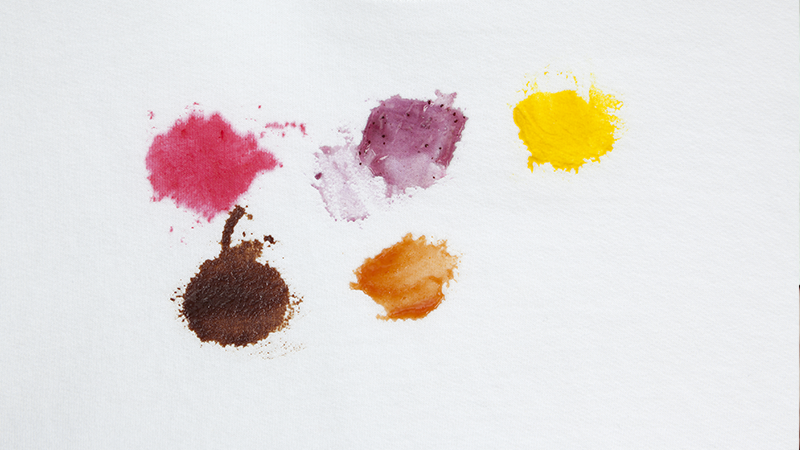
- Before you tackle that mark or stain, you’ll want to do a spot test on an out-of-the-way area. Cleaning erasers can work magic on wall stains, but they can also damage finishes, especially on wooden surfaces.
- Once you’ve determined that the cleaning eraser is safe for your wall, gently rub the mark until it disappears. Don’t scrub too hard, or you may create a stain on your wall that’s even worse than the original.
Cleaning eraser tools will typically remove stains on walls, even if the soap and water treatment had little to no effect. But what can you do if your spot test failed and you weren’t able to use the cleaning eraser?
Tip 3: Get Rid of Stains and Marks with Wall Cleaner
If the first two wall cleaning tips didn’t make a dent in your stain or you were unable to use a cleaning eraser on your wall’s surface, consider using wall cleaner. While there are many products on the market specifically made for wall cleaning, you can usually get by with an all-purpose cleaner and a microfiber cloth. Follow the dilution steps on the cleaner to the letter and be sure to do a spot test before you get to scrubbing.
Follow the dilution steps on the cleaner to the letter and be sure to do a spot test before you get to scrubbing.If none of these wall cleaning tips worked in your home, then you have a stubborn stain indeed. In this situation, you may want to bring in a professional cleaning service to remove them Contact your local Merry Maids.
Quick Tips
- Tips to Prepare your Home to Hit the Market
- 8 Unique Holiday Party Ideas that Aren’t Christmas Dinner
- 10 Ingenious Recipes Using Thanksgiving Leftovers
- Easy Ways to Increase the Spooky at Your Home
- 8 Ways to Make Moving Easier for Everyone
- 7 Oven Cleaning Mistakes to Avoid
- 7 Safety Considerations Before Traveling Abroad This Summer
- How to Remove Fireworks Stains from Any Surface
- 9 Tips to Make Guest Rooms Comfier
- Pre-Grad Party Tips & Cleaning Checklist
- The Ultimate Father’s Day Gift Guide
- The Dos & Don’ts of Getting Rid of Black Mold
Embrace a Healthy and Happy Home Find Your Local Merry Maids
Your Well-Being Starts at Home Take Back Your Time
Removing Grease Stains From Walls (Advice From Gemma)
Grease stains on the walls, unfortunately, are inevitable. Even if you be very careful, it will always happen that something spills, or grease will spray in all directions. In addition, on the walls often remain traces of small dirty hands. They are very easy to wash off the tiles, and even worse if the stains appeared on paint or wallpaper.
Even if you be very careful, it will always happen that something spills, or grease will spray in all directions. In addition, on the walls often remain traces of small dirty hands. They are very easy to wash off the tiles, and even worse if the stains appeared on paint or wallpaper. Walls painted on water-based (acrylic or water-based)
From a wall painted with acrylic or water-based paint, quite difficult to remove the grease stain.
Soap solution in this case may be completely useless.
However, do not despair, there are ways to solve the problem.
First, the use of household chemicals .
We also recommend removing greasy stains from the wall with the usual dishwashing detergent . Apply detergent to all stains and leave for 5 minutes, then rinse polluted places sponge with water.
In some cases, glass cleaner can also be used. It must be sprayed on, wait 15 minutes and wiped with a damp cloth .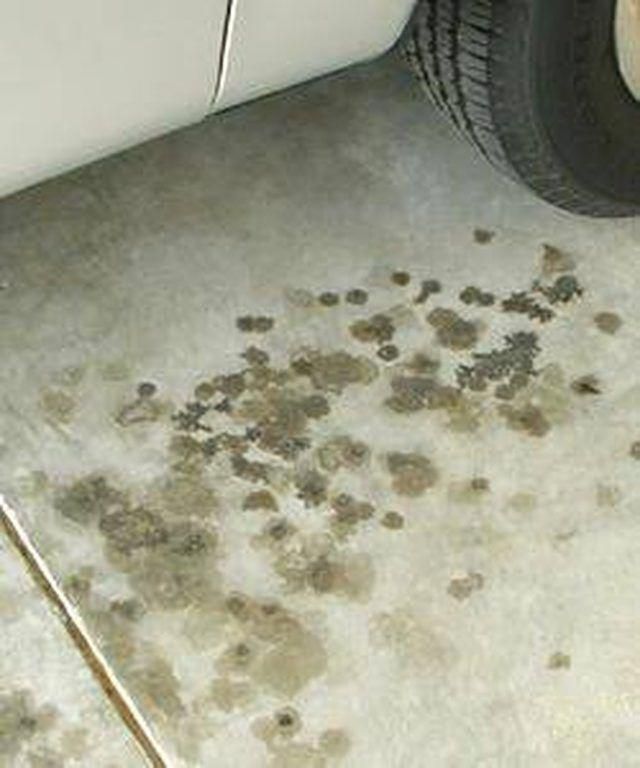
Advice : greasy stains on the walls must be dealt with immediately, so there is a good chance to clear the wall of ugly bloopers.
And yet, if a greasy stain on a painted wall is completely old, then the use of the usual 9 will help get rid of it0003 soda ash . For 100 grams of water heated to 50 ° C, add 5-7 grams of calcined soda. After thorough stirring, the composition should be treated with greasy stains on wall and leave for 5-10 minutes. Then wash off the composition with warm water.
If you can't get rid of greasy stains from the wall, no one of these methods, then remains - a new staining of the problem area. For fidelity, you can apply two layers. If the wall is colored, then you need exactly choose the appropriate shade so that the painted area does not stand out on general background.
Walls painted with oil or alkyd enamel
First, you can try to remove the stain with the usual washing powder .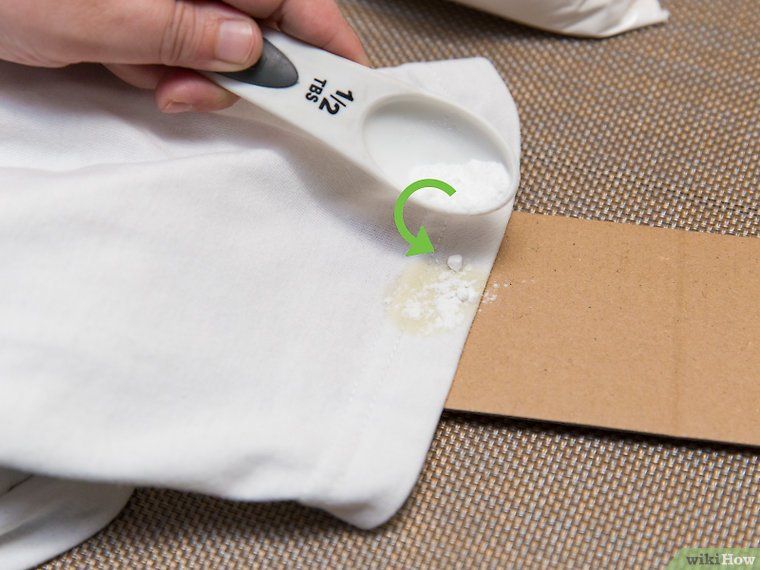 And if the wall is painted with oil or alkyd enamel, it will definitely withstand the washing procedure. The only condition is do not overdo it. Dissolve some laundry detergent in warm water and moisten the stain with this solution, let it soak in the solution and will soften. After that, with the help of a sponge and the same solution, the stain is easily get away.
And if the wall is painted with oil or alkyd enamel, it will definitely withstand the washing procedure. The only condition is do not overdo it. Dissolve some laundry detergent in warm water and moisten the stain with this solution, let it soak in the solution and will soften. After that, with the help of a sponge and the same solution, the stain is easily get away.
We recommend using chalk as a traditional method (for the school board).
Carefully, so as not to scratch the wall, rub the stain with chalk, after some time the fat will be absorbed into the chalk. Next, remove the grease with a soft cloth , repeat the procedure until the stain disappears completely.
Wall panels
If your walls are lined with sealed, lacquered plastic or coated panels, care for them with water and soap . But never try to remove fat abrasive cleaners or powders . Otherwise, the panels will remain scratches.
Clean with care: work with sponge or with cloth .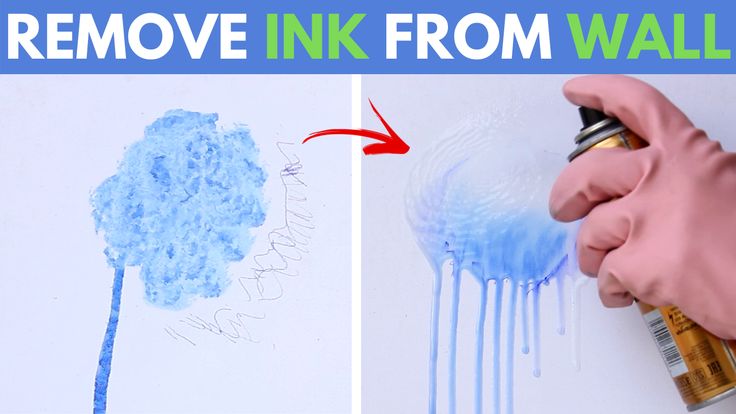
If, however, you can’t do without funds, use special tools .
Paper wallpapers
Remove grease from paper wallpapers with household chemicals will not work, as any liquid ingress will most likely corrode surface.
To remove grease and soot from walls finished with paper wallpaper, use dentifrice. Dissolve it in water and apply the "cream" on the contamination. Time actions - a day, after which the mixture will need to be removed. The powder will absorb all fat.
Instead of tooth powder, you can use starch. The scheme of action is similar.
Non-woven or vinyl wallpaper
If your walls are covered with vinyl or non-woven wallpaper, then fresh fat from them can be removed quickly and easily. It will take only sponge and water.
In rare cases, you will need to contact household chemicals . The fact is that the wallpaper of these types has a thin water-repellent layer, soot and fats cannot penetrate deep.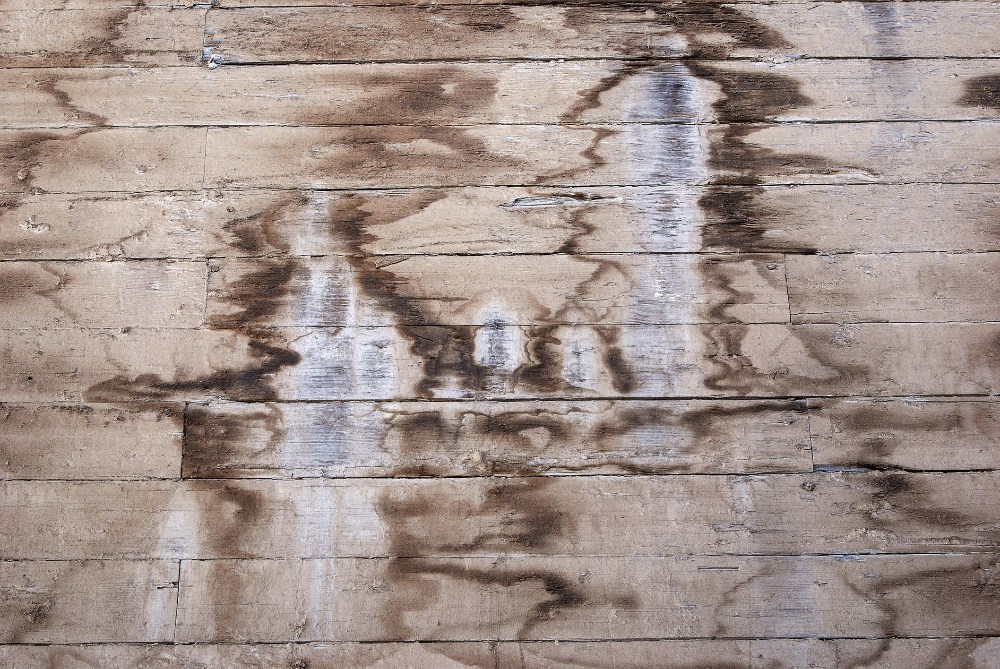
If greasy stains are old, use water and with non-aggressive detergent and only in a ratio of 10 to 1. Wipe dirty areas with sponge , blot them with paper. For small stains - a toothbrush can help you.
Tiles
Tiles are the easiest and fastest way to get rid of greasy stains. First of all, this is the use of household chemicals. You can even handle the contamination that has been absorbed into the structure of the material using a sponge with special coating.
The general scheme will work here:
The easiest way to remove a greasy stain is immediately after its appearance. But even if the pollution has been around for a long time, these methods will help to weaken the structure of the stain, and then take it off the surface of the wall almost without a trace.
Professional Household Stain Remover is available from our stores.
How to remove stains from the wall, yellow and greasy stains on the wall
Drips and dirt on the walls give us a lot of problems. To eliminate them effectively, we must first determine the cause of their occurrence. If these are stains from children's food that children have smeared on the wall, then they are easy to remove. However, if the discoloration is the result of moisture and mold, then such contaminants are more difficult to remove. Even painting walls with stains does not make sense without eliminating the cause of their occurrence.
To eliminate them effectively, we must first determine the cause of their occurrence. If these are stains from children's food that children have smeared on the wall, then they are easy to remove. However, if the discoloration is the result of moisture and mold, then such contaminants are more difficult to remove. Even painting walls with stains does not make sense without eliminating the cause of their occurrence.
The basic principle before painting is that the walls must be dry. It doesn't matter what materials they are built from. They shouldn't be wet. If the dirt appears as a result of dampness and mold, you must first dry the walls.
Contents
- Fight against moisture and fungus
- How to remove stains from the wall from mold and mildew
- How to remove stains from the wall - hot water, alcohol, gasoline
- How and how to paint stained walls
- How to paint over a stain on the bathroom wall
Fight against moisture and fungus
There are several methods for effective drying of surfaces.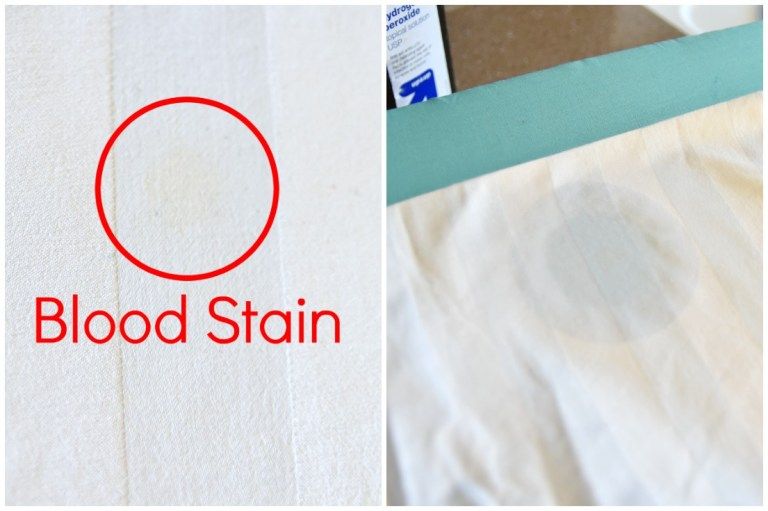 Namely mechanical and chemical methods. Each of them gives much faster results than natural drying, such as opening windows and doors. By using modern technology, you can certainly save time.
Namely mechanical and chemical methods. Each of them gives much faster results than natural drying, such as opening windows and doors. By using modern technology, you can certainly save time.
The invasive method consists in the use of special heaters. In this case, however, it is necessary to provide adequate ventilation in the rooms.
Invasive methods include chemical drying. How to dry the surface using chemical methods? This method involves drilling holes that are filled with liquid cement with the addition of special activators, which, spreading inside, form a waterproof barrier to moisture. It should be recognized that chemical methods are more effective than mechanical ones. They can also be used regardless of the type of material and degree of humidity.
How to clean stains on the wall from mold and fungus
After drying, it is important to destroy existing mold and protect the surface from microbial growth. First, you must physically remove the black spots on the walls caused by fungi by treating the dark spots on the wall at least twice with a fungicide spray, each time waiting until the surface is completely dry. After drying, fungus-infected areas should be painted with a special paint. It can be "Dekoral Renostyl" paint for dirt or the well-known "Śnieżka" for dirt and drips. Only after such protection can the surfaces be ready for further work.
After drying, fungus-infected areas should be painted with a special paint. It can be "Dekoral Renostyl" paint for dirt or the well-known "Śnieżka" for dirt and drips. Only after such protection can the surfaces be ready for further work.
How to remove stains from the wall - hot water, alcohol, gasoline
Just like with any coating, soiled surfaces can only be covered with new paints when they are well prepared for this. If the old plaster falls off or crumbles, it must be completely removed.
- How to remove adhesive paints? The easiest way to remove them is with water using a brush and then scraping with a rounded trowel.
- Emulsion paints are easier to remove, all you need is a coarse sponge, warm water and a detergent such as dishwashing detergent.
- If you are not going to remove the old paint, you can use a brush soaked in hot water to remove stains from the wall.
- Difficult-to-clean traces of dirt are sometimes easier to simply remove along with the plaster.
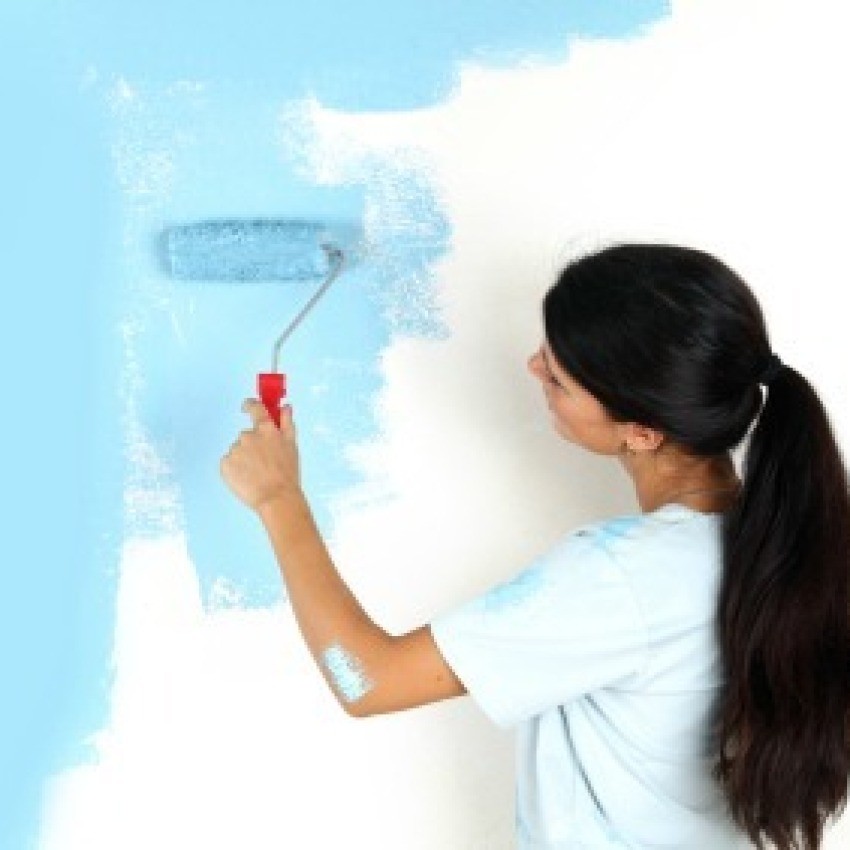
- Bulky, yellow stains on the wall that show through very easily, especially under light-colored paint, you can paint over with oil paint in a color similar to the color we plan to paint the surface with.
- Good results are also obtained by masking dirt with a thin layer of acrylic paint.
- Experienced painters also recommend wiping the surface with a cloth soaked in ammonia.
- Another proven method of painting is the use of a solution of milk of lime and alcohol.
- Grease stains on the wall can be easily removed with paint soap, hot water and gasoline.
- Gasoline will also be needed not only to remove greasy stains from the wall, but it will also help to remove dirt from tar-like substances.
Once dirt and fungus have been removed, care must be taken to ensure proper conditions for painting, which will allow the paint to dry evenly and better mask the dirt. The surface to be painted must be dry and clean. The moisture content of the plaster should not exceed 6%, the air humidity should not exceed 80%, and the room temperature should be between 5-25 ºC.
What and how to paint stained walls
Experts recommend using primers and acrylic paints for painting such surfaces. Grease stains on the walls of the kitchen, drawings of the smallest family members, traces of rust will mask latex paints well. You can also use emulsions by covering the surface twice.
Removing stains from walls that are difficult to paint over should be carried out in three steps, each time allowing the surface to dry completely. First, the first layer is applied - this is a primer, and only after that two layers of paint. If during preparation for painting there is a need to combat moisture and fungi, then antifungal preparations enriched with a fungicidal composition should be used, which additionally protects the surface from microbial growth.
How to paint a stain on a bathroom wall
In addition, for damp areas such as the kitchen and bathroom, it is better to choose materials that can resist the growth of fungus. A black or wet spot on the wall in the bathroom must be treated with a special fungicidal agent, but it is better to remove it along with the plaster and treat the entire room with a fungicidal composition, because the fungus lives not only in a particular place, but maybe everywhere, it simply has not received such a strong distribution as where we saw him.



